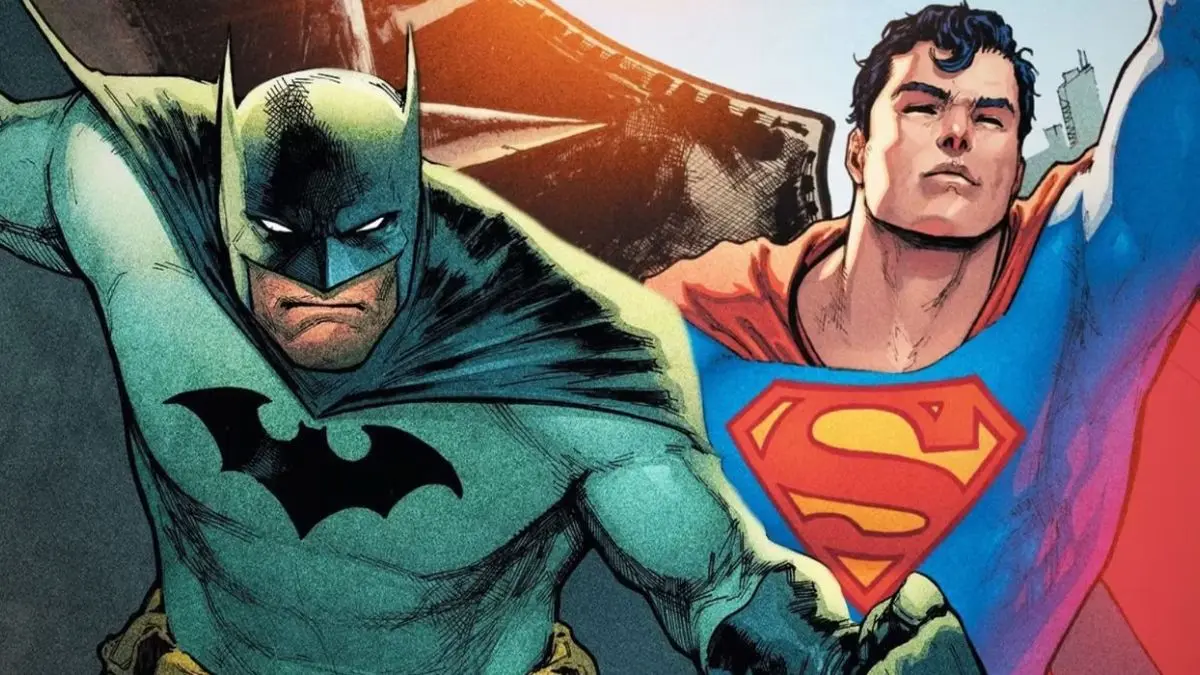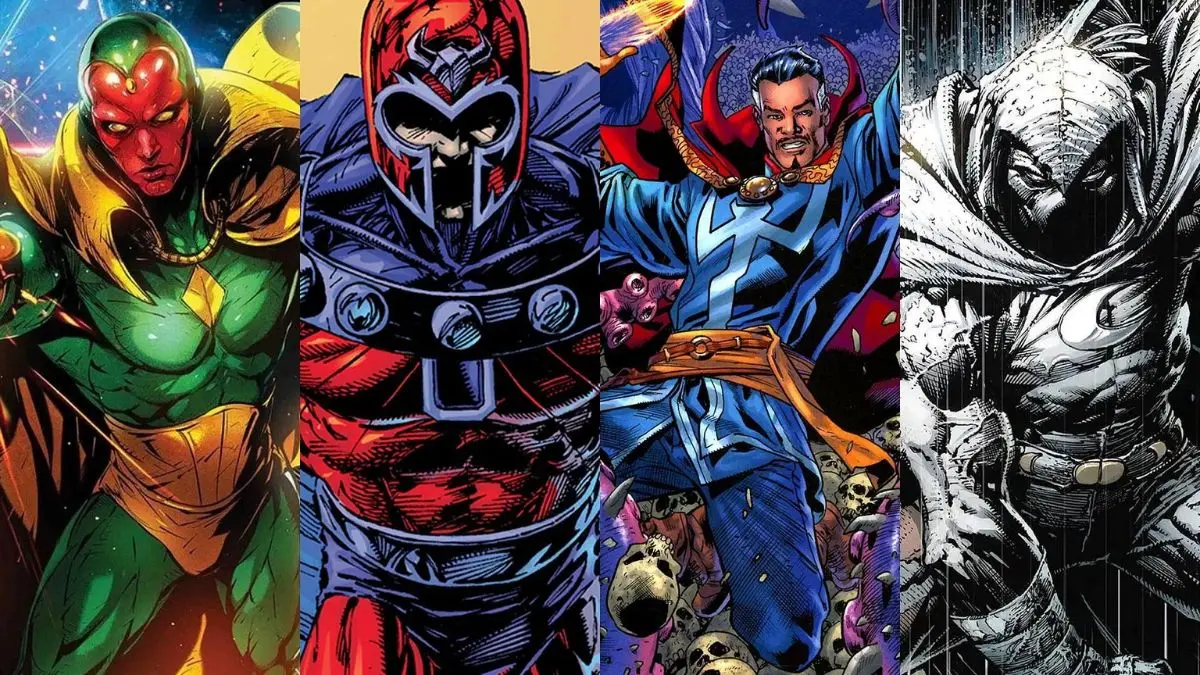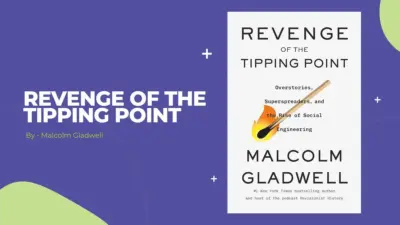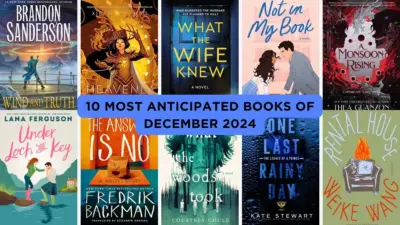Superheroes have been part of our imaginations for decades, and among them, caped crusaders hold a special place. These figures of justice, cloaked in flowing capes, have evolved dramatically over time, mirroring changes in culture, technology, and storytelling. Let’s take a journey through their fascinating transformation.
The Birth of Capes: The 1930s and 1940s
In the golden age of comics, capes became synonymous with power and heroism. Superman, introduced in Action Comics #1 in 1938, was the first superhero to don a cape. Why a cape, you ask? In part, it was a visual tool to make him appear majestic and larger-than-life as he soared through the skies.
Soon after, Batman arrived in 1939, bringing a darker, more mysterious vibe. Unlike Superman’s bright red cape symbolizing hope, Batman’s flowing black cape was a tool for intimidation. These early heroes used their capes as symbols of identity—powerful statements of who they were and what they stood for.
Cultural Influence
During this era, caped heroes represented the optimism and resilience of a world emerging from the Great Depression and navigating World War II. Superman’s heroics reflected the hope of a better future, while Batman’s vigilantism resonated with the idea of justice in troubled times.
Post-War Reflections: The 1950s and 1960s
The post-war era brought new challenges and a shift in storytelling. Caped superheroes took on brighter tones to adapt to changing sensibilities. Comic books faced scrutiny during this period, with the rise of the Comics Code Authority imposing strict guidelines on content.
The Emergence of the Silver Age
In the Silver Age of Comics, starting in the mid-1950s, caped heroes became more fantastical and science-focused. Superman began tackling intergalactic threats, and Batman’s stories leaned into gadgetry and camp. Think of Adam West’s Batman in the 1966 TV series—his cape was more about flair than fear.
Superheroes like Martian Manhunter and Thor joined the roster, their capes lending an otherworldly or mythic quality. Capes were no longer just a symbol of justice—they became representations of larger-than-life identities.

Rebellion and Complexity: The 1970s and 1980s
As society grew more rebellious and complex, so did its heroes. Caped crusaders began reflecting the moral ambiguity of the real world. Batman, in particular, saw a renaissance during this period, thanks to writers like Dennis O’Neil and Frank Miller.
The Dark Knight Rises
In 1986, Miller’s The Dark Knight Returns redefined Batman. The once-colorful cape was now a shadowy cloak symbolizing vengeance. Batman wasn’t just a hero anymore; he was a deeply flawed man fighting his own demons.
Other heroes, like Spawn (introduced in the 1980s), also brought a grittier, more violent edge to the caped archetype. Spawn’s cape was almost a character in itself—alive, menacing, and as dark as the stories he inhabited.
Cinematic Superheroes: The 1990s and 2000s
By the late 20th century, caped heroes leaped from comic pages to cinema screens, redefining how audiences experienced them. The 1978 Superman movie paved the way for superhero films, but it wasn’t until Tim Burton’s Batman in 1989 that capes truly found a dramatic cinematic presence.
Tech-Savvy Heroes
With advances in visual effects, capes became more than just aesthetic additions. In movies like Batman Begins (2005), Christopher Nolan showed us a functional cape that doubled as a glider. Capes were no longer just symbolic—they were practical tools in the hero’s arsenal.
This period also saw heroes like Storm from the X-Men films wearing capes to enhance their regal or commanding presence. Capes were now as much about style as substance.
Modern Times: The 2010s and Beyond
The 2010s marked the rise of the superhero genre in mainstream culture. With the Marvel Cinematic Universe dominating the box office, even heroes without traditional capes, like Iron Man and Captain America, became household names. Still, caped heroes like Thor and Doctor Strange retained their iconic mantles.
Capes in a Postmodern World
Modern storytelling has often deconstructed the idea of the caped hero. Movies like The Incredibles humorously questioned the practicality of capes (“No capes!”), while The Boys series critiqued the power dynamics of superheroes. Yet, despite this deconstruction, caped heroes remain beloved.
One fascinating example is Wanda Maximoff’s evolution into the Scarlet Witch in WandaVision. Her flowing cape in the series finale symbolizes her full transformation into a powerful, self-actualized being.

Why Capes Still Matter
So, why do caped superheroes endure? Perhaps it’s because they represent something timeless—hope, mystery, and a touch of the fantastical. A cape isn’t just fabric; it’s a declaration. Whether it’s Superman’s beacon of hope, Batman’s shroud of fear, or Thor’s royal regalia, capes continue to define the superheroes who wear them.
As we look ahead, the evolution of caped superheroes is far from over. With each new story, these icons adapt to reflect the world around them. And as long as we dream of heroes, there will always be someone donning a cape, ready to soar into action.
Also Read: Why Cliffhangers Are Essential in Comic Storytelling



